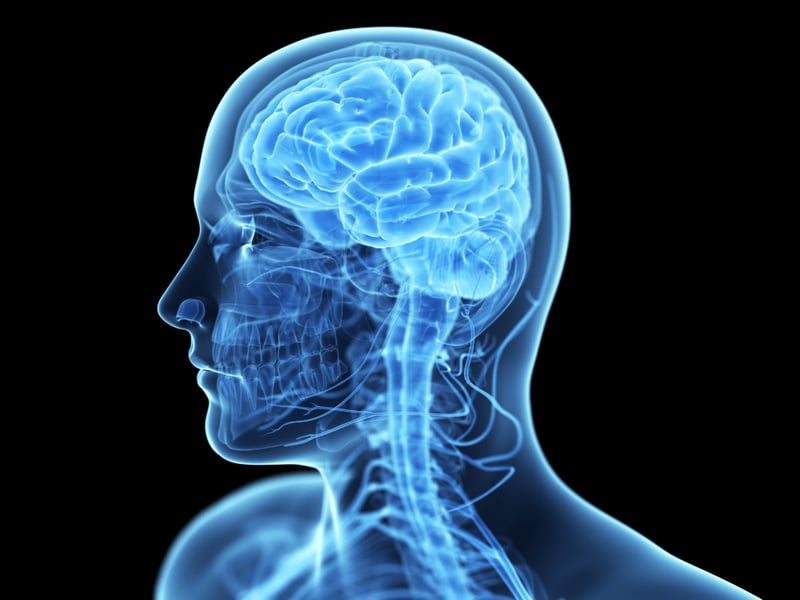
Cohen, Sarah. (2019). BESS Test Concussion Screening Predicted by Balance Test Sway Velocity. Stanford Concussion Summit. Poster Presentation.
“Resultant sway velocity from the force plate system can predict the number of BESS errors in both single-leg and double-leg stance tests.”
The current gold standard test for concussion screening is the Balance Error Scoring System (BESS) Test, however, it is highly subjective and mildly reliable. The use of force plate systems to collect balance information is widely used and shown to be reliable and valid across studies. The use of a force-plate-collected balance test has not yet been validated against the BESS test.
Resultant sway velocity and number of BESS errors, independent of stance type, was statistically significantly correlated (r=0.62, p<0.001)
For single-leg stance, resultant sway velocity and number of BESS errors was statistically significantly correlated (r=0.37, p<0.05),
For double-leg stance, resultant sway velocity and number of BESS errors was statistically significantly correlated (r=0.5, p<0.01)
For single-leg stance, resultant sway velocity can statistically significantly predict number of BESS errors (F- statistic=5.63, df=1, R2=0.1386, p<0.05)
For double-leg stance, resultant sway velocity can statistically significantly predict number of BESS errors (F- statistic=11.66, df=1, R2=0.2499, p<0.01).
Resultant sway velocity from the force plate system can predict the number of BESS errors in both single-leg and double-leg stance tests.